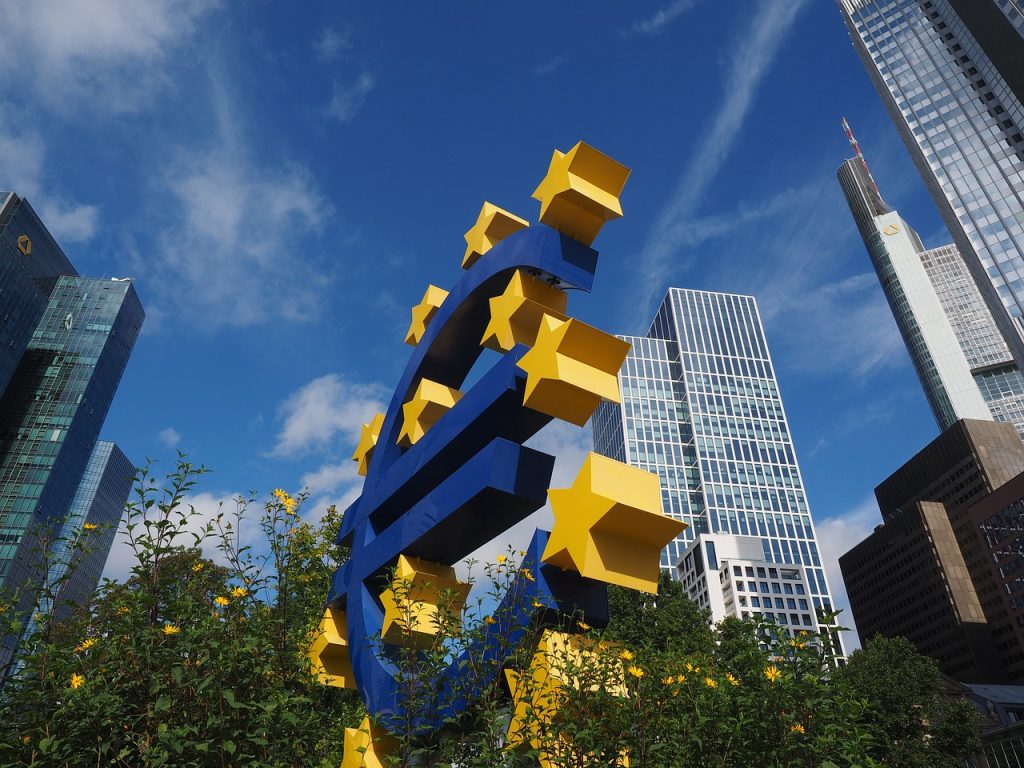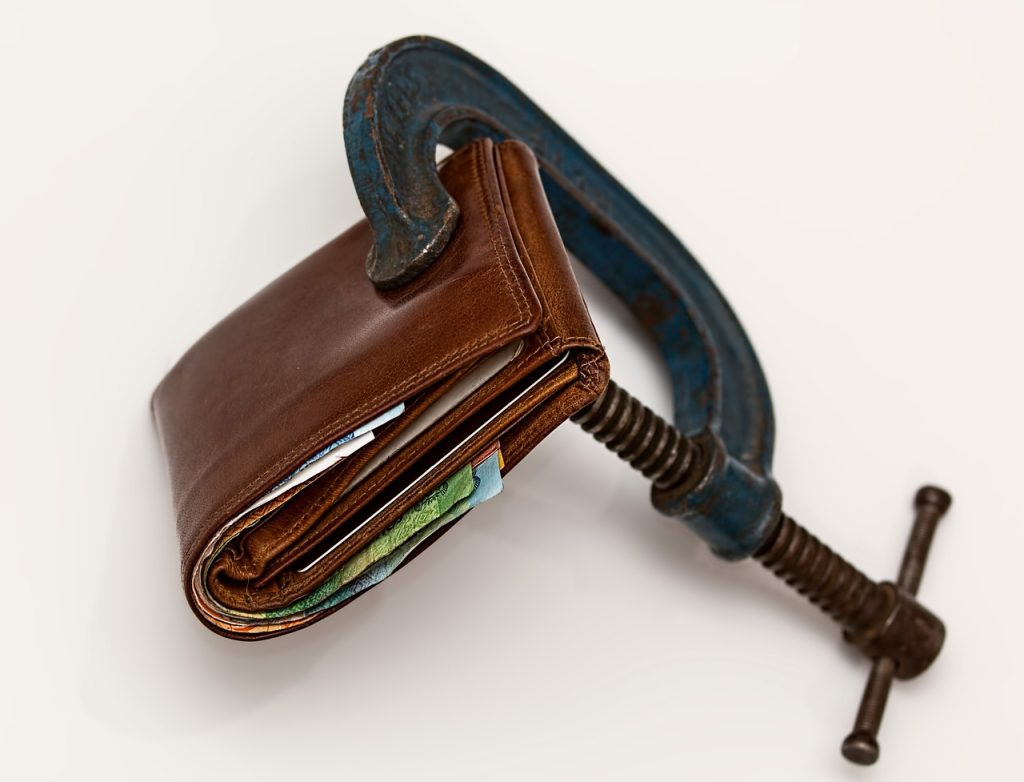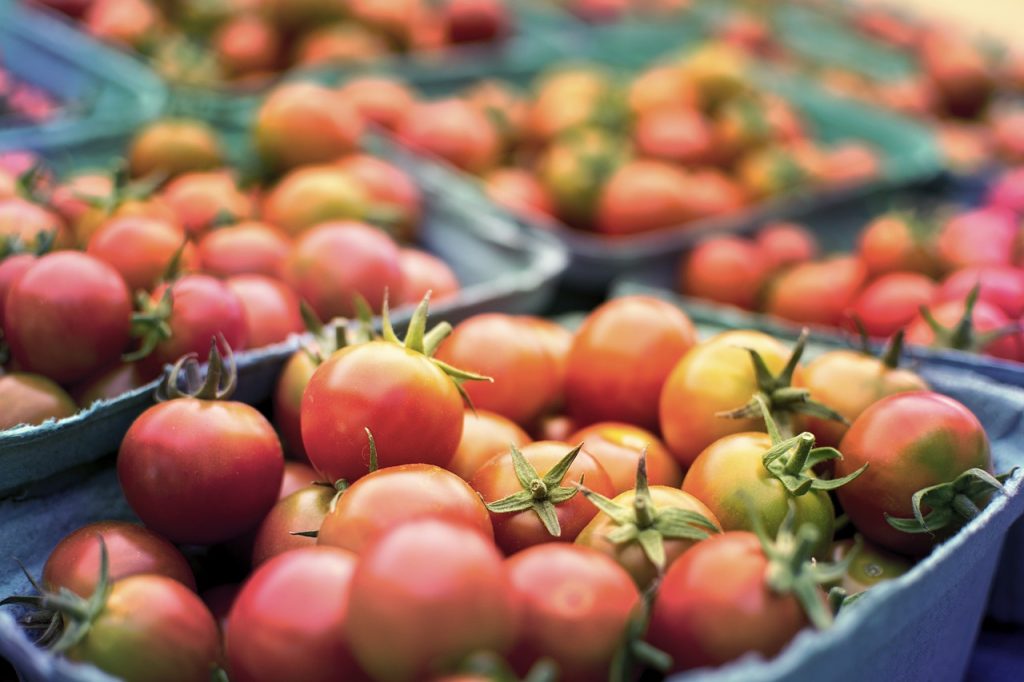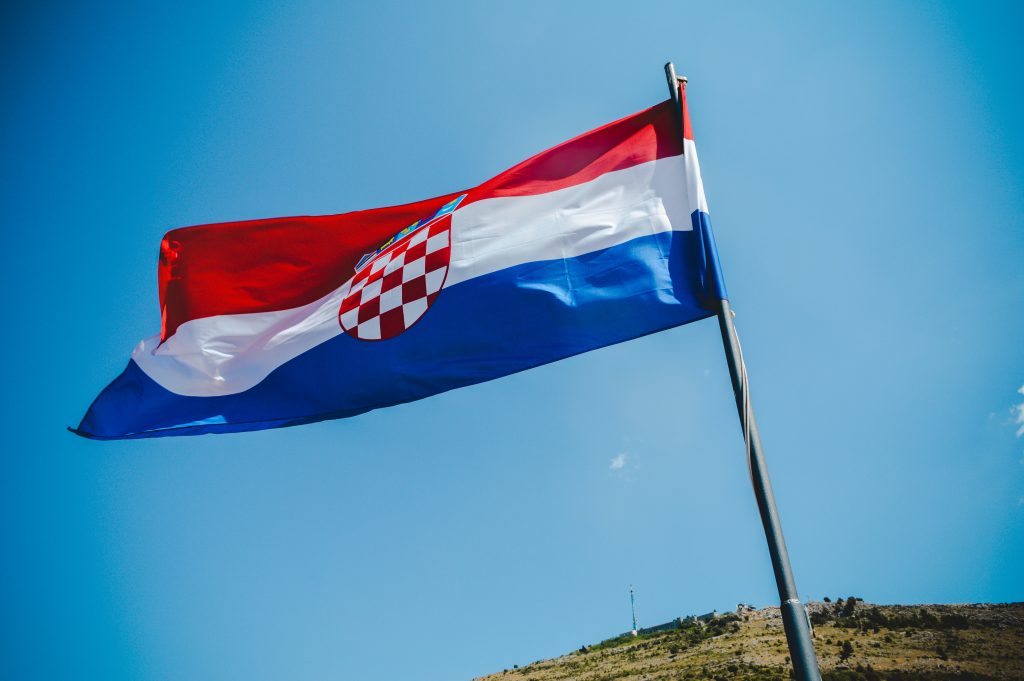July the 14th, 2023 – The Croatian National Bank (CNB) expects Croatian GDP growth of 1.3 percent in the second quarter of this year, despite Eurozone recession woes.
As Poslovni Dnevnik/Jadranka Dozan writes, according to the available monthly indicators of economic activity from the Croatian National Bank, they estimate that in the second quarter, compared to the first, Croatian GDP growth increased by by 1.3 percent in real terms. However, due to the base effect, they say, the annual growth rate could decrease slightly, down to 2.6 percent.
The Croatian Employers’ Association (HUP) is more optimistic

Somewhat more optimistic than the CNB is the Croatian Employers’ Association (HUP), which for the second quarter predict an acceleration of Croatian GDP growth rate to 3.5 to 4 percent, and for the whole of 2023, growth expectations were recently raised to 3 percent.
Such solid trends seen within HUP are primarily attributed to the strengthening of tourism prospects and the beneficial impact of the robust labour market on personal consumption, as well as the growth of public investments from EU funds and the more than significant improvement of the energy balance.
Throughout the rest of the year, they expect further growth in the real income of the population (of 3 to 3.5 percent), with employment growing by 2.7 percent. As far as investments are concerned, they predict an acceleration of growth to 7.5 percent, apostrophising that around four billion euros or approximately 5.5 percent of GDP will be available from EU funds in 2023.
EU cash is key

Widespread growth led by services is emphasised in the latest edition of Raiffeisen Bank’s quarterly analyses. Nevertheless, RBA analysts also point out that the data for the second quarter “only uncertainly points to a possible mild recovery of the industry”. This, they say, is all the more certain because all the leading mood indicators across other Eurozone countries point to a contraction in the industrial sector.
As a whole, the domestic economy has proven to be resilient, mainly thanks to the service sector, which, along with a strong labour market, ensures solid growth rates. Investments financed from various European Union funds are also singled out as a key component of future economic developments. You can read more about that here.
Wage growth and ongoing inflationary pressures

As real wage growth becomes more and more noticeable as inflationary expectations decline, RBA analysts have made sure note a somewhat stronger than expected contribution of personal consumption to this year’s Croatian GDP growth. Among other things, it favours the filling up of the state budget (with a deficit of less than three percent of GDP), which traditionally relies on consumption taxation.
“Of course, the long-term sustainability of a model in which the already extremely high dependence on tourism is growing also represents a considerable risk in the context of long-term sustainable development, which should first of all be based on innovation and knowledge,” they warned.
Prices across Croatia remain elevated

RBA analysts also noted that in recent years, we have experienced frequent changes and fluctuations on the income side of things through changes in taxation, while structural changes on the expenditure side are mostly absent.
Due to the rising cost of living, pressures in the direction of increasing wage expenditures have been growing for some time now and have become a burning issue. Admittedly, since the end of last year, under the influence of the normalisation of global chains (with an impact on raw material markets) and the drop in energy prices and the effect of the base period, overall inflation has been slowing down.
However, although the annual rate has been in single digits for several months in a row now, consumer prices remain elevated, increasingly supported not only by food prices but also by demand for services.
The price of energy in June in annual comparisons remained at “minus” 7 percent, while the annual growth of food (plus alcohol and tobacco) slightly accelerated (to 13.5 percent).
In the end, the total inflation measured by the harmonised index remained at 8.3 percent, while core inflation remained at a slightly higher 9.5 percent, at least according to the CNB. In most forecasts for 2023, “high inflation” generally implies an average rate of around seven percent.








